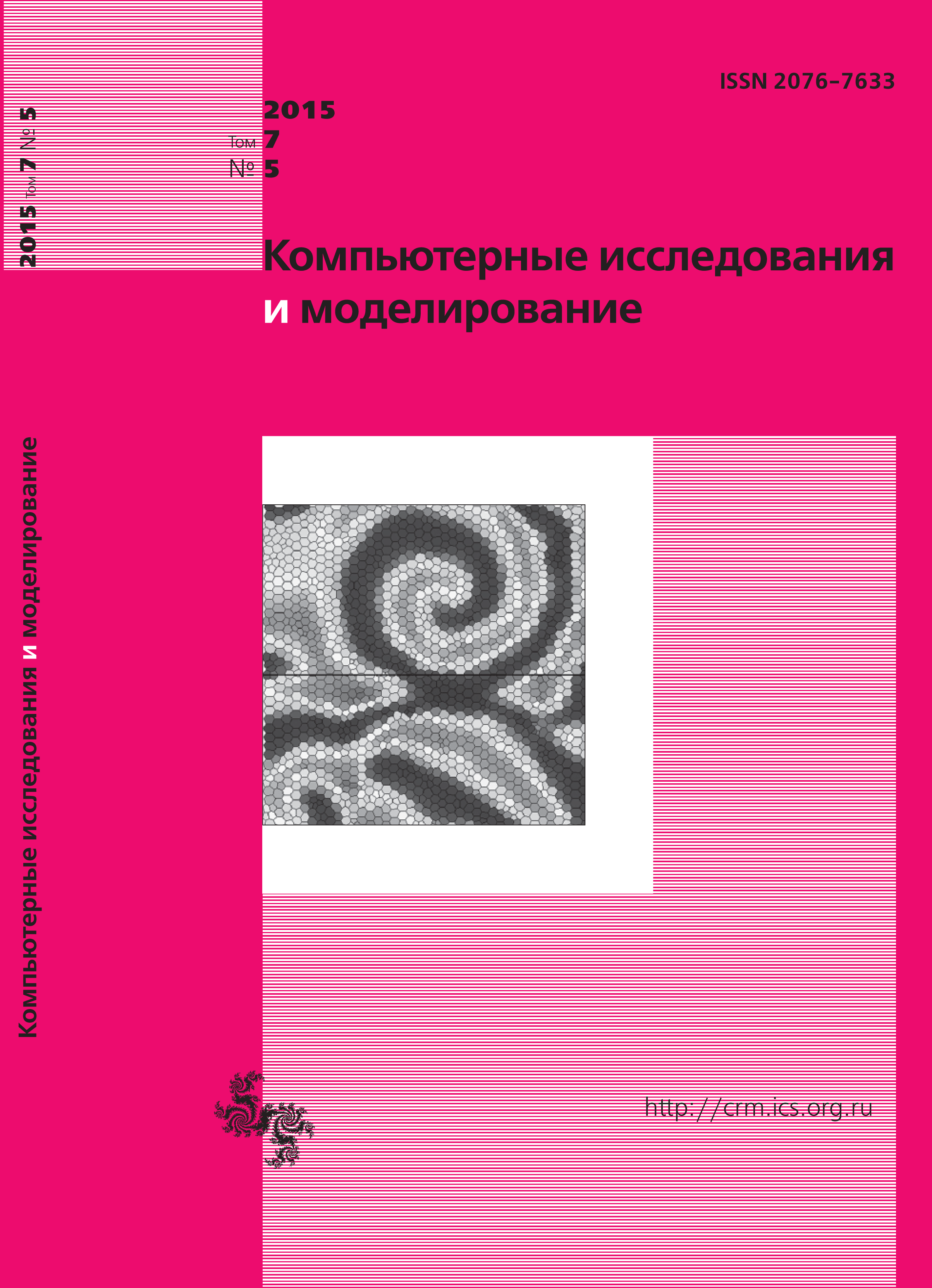All issues
- 2024 Vol. 16
- Issue 1 (special issue)
- 2023 Vol. 15
- 2022 Vol. 14
- 2021 Vol. 13
- 2020 Vol. 12
- 2019 Vol. 11
- 2018 Vol. 10
- 2017 Vol. 9
- 2016 Vol. 8
- 2015 Vol. 7
- 2014 Vol. 6
- 2013 Vol. 5
- 2012 Vol. 4
- 2011 Vol. 3
- 2010 Vol. 2
- 2009 Vol. 1
Pareto optimal analysis of global warming prevention by geoengineering methods
The study is based on a three-dimensional hydrodynamic global climate coupled model, including ocean model with real depths and continents configuration, sea ice evolution model and energy and moisture balance atmosphere model. Aerosol concentration from the year 2010 to 2100 is calculated as a controlling parameter to stabilize mean year surface air temperature. It is shown that by this way it is impossible to achieve the space and seasonal uniform approximation to the existing climate, although it is possible significantly reduce the greenhouse warming effect. Climate will be colder at 0.1–0.2 degrees in the low and mid-latitudes and at high latitudes it will be warmer at 0.2–1.2 degrees. The Pareto frontier is investigated and visualized for two parameters — atmospheric temperature mean square deviation for the winter and summer seasons. The Pareto optimal amount of sulfur emissions would be between 23.5 and 26.5 TgS/year.
Indexed in Scopus
Full-text version of the journal is also available on the web site of the scientific electronic library eLIBRARY.RU
The journal is included in the Russian Science Citation Index
The journal is included in the RSCI
International Interdisciplinary Conference "Mathematics. Computing. Education"







